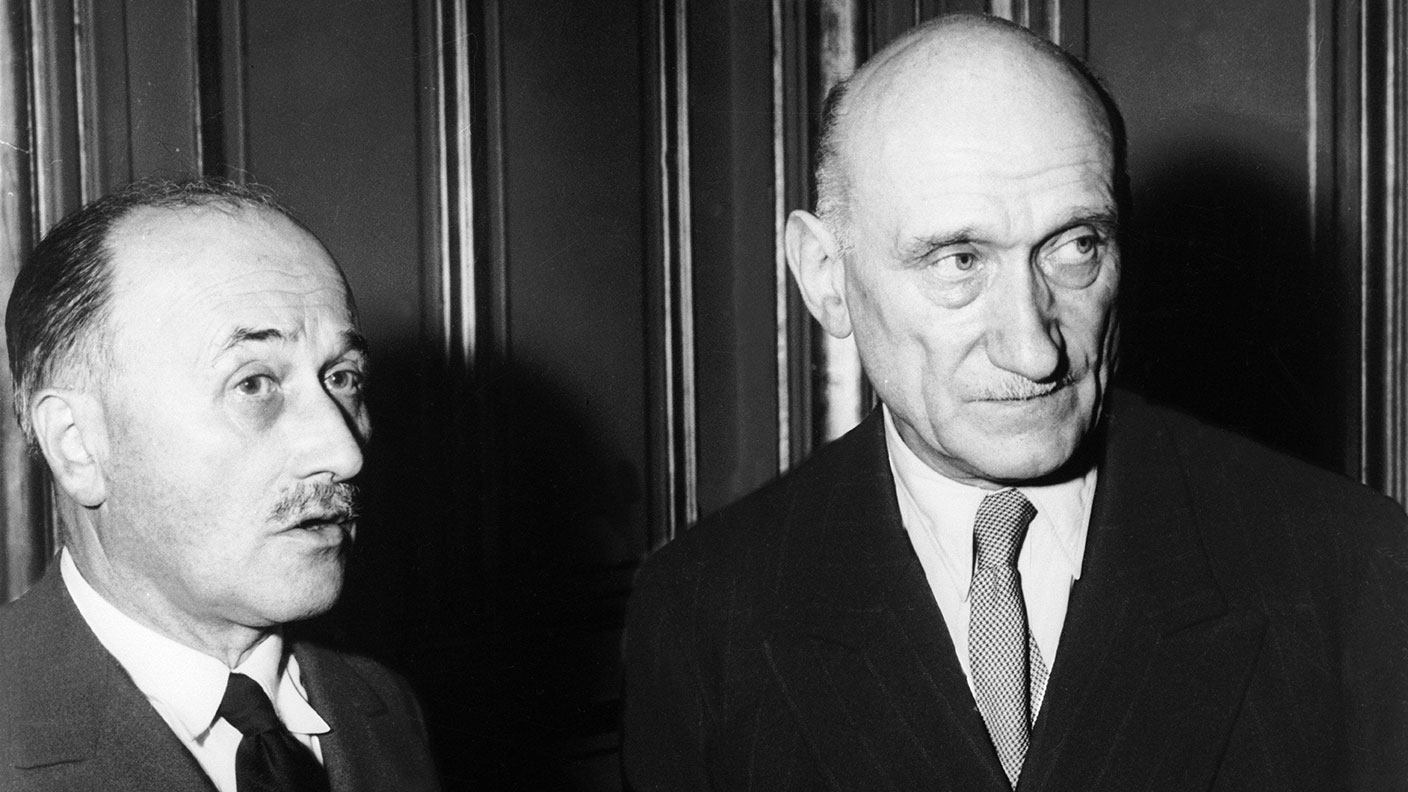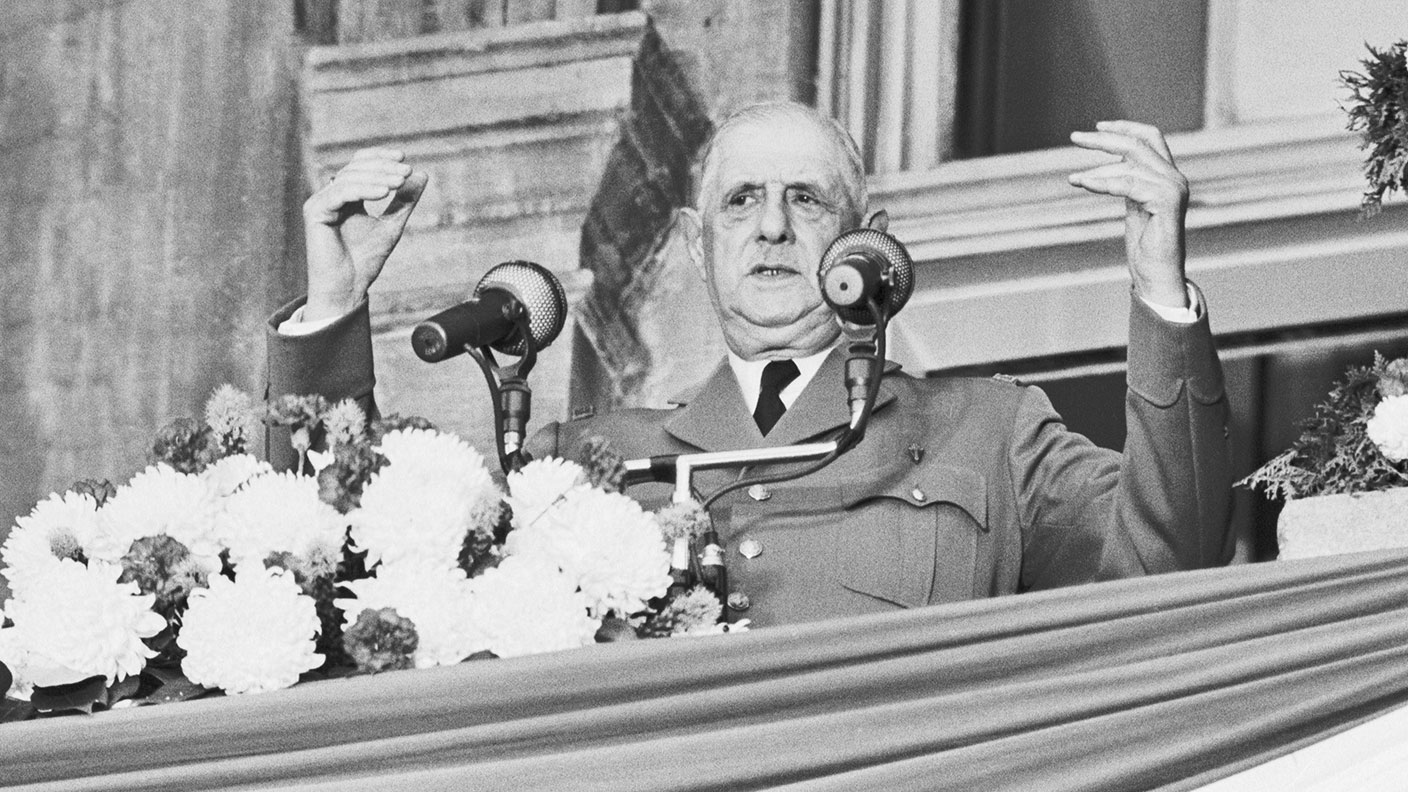23 July 1952: European Coal and Steel Community is born
Forebear of the European Union, the European Coal and Steel Community came into being in 1952 following the Treaty of Paris.

On 23 July 1952, the Treaty of Paris, which formally established the European Coal and Steel Community (ECSC), came into effect.
The treaty, which was signed by Belgium, France, West Germany, Italy, the Netherlands and Luxembourg, was intended to bring peace and economic prosperity to the continent in the aftermath of the Second World War.
It established a common market for coal and steel, originally proposed by French foreign minister Robert Schuman in 1950. Schuman thought that the joint production of coal and steel would make war "not merely unthinkable, but materially impossible".
MoneyWeek
Subscribe to MoneyWeek today and get your first six magazine issues absolutely FREE

Sign up to Money Morning
Don't miss the latest investment and personal finances news, market analysis, plus money-saving tips with our free twice-daily newsletter
Don't miss the latest investment and personal finances news, market analysis, plus money-saving tips with our free twice-daily newsletter
With its headquarters in Brussels, the ultimate aim of the ECSC was to create a United States of Europe' governed by supranational institutions. And gradually, the ECSC would indeed morph into the European Union.
In 1957, the Treaty of Rome created the European Economic Community, which broadened the scope of co-operation, and allowed for the free movement of all goods, services and people across borders.
In 1973 came the EEC's first expansion, when Denmark, Ireland and the UK joined. Greece joined in 1981, followed five years later by Spain and Portugal. Austria, Finland and Sweden joined in 1995, and in 2004, eight former Eastern Bloc countries, plus Cyprus and Malta, joined. Bulgaria and Romania became members in 2007, and Croatia in 2013.
The ECSC was finally disbanded in 2002.
Today, the EU's 28 member states have a combined population of 503 million some 7% of the world's population. Its budget in 2014 was €142.6bn. By 2020, that is projected to rise to €167bn.
Get the latest financial news, insights and expert analysis from our award-winning MoneyWeek team, to help you understand what really matters when it comes to your finances.
Ben studied modern languages at London University's Queen Mary College. After dabbling unhappily in local government finance for a while, he went to work for The Scotsman newspaper in Edinburgh. The launch of the paper's website, scotsman.com, in the early years of the dotcom craze, saw Ben move online to manage the Business and Motors channels before becoming deputy editor with responsibility for all aspects of online production for The Scotsman, Scotland on Sunday and the Edinburgh Evening News websites, along with the papers' Edinburgh Festivals website.
Ben joined MoneyWeek as website editor in 2008, just as the Great Financial Crisis was brewing. He has written extensively for the website and magazine, with a particular emphasis on alternative finance and fintech, including blockchain and bitcoin.
As an early adopter of bitcoin, Ben bought when the price was under $200, but went on to spend it all on foolish fripperies.
-
 MoneyWeek news quiz: How much can you win in Premium Bonds?
MoneyWeek news quiz: How much can you win in Premium Bonds?Quiz Premium Bonds, ChatGPT, and the start of the festive season all made headlines this week. How closely were you following the news?
-
 Salary sacrifice pensions cap: 3.3 million workers to be hit by contribution limits
Salary sacrifice pensions cap: 3.3 million workers to be hit by contribution limitsThe government has revealed further details of its controversial cap on pension contributions through salary sacrifice. Here is how the changes could affect you
-
 27 November 1967: Charles de Gaulle vetoes Britain's entry to the EEC
27 November 1967: Charles de Gaulle vetoes Britain's entry to the EECFeatures On this day in 1967, French president Charles de Gaulle vetoed Britain's attempt to join the European Economic Community, claiming Britain didn’t agree with the core ideas of integration.
-
 16 September 1992: Black Wednesday sees sterling crash out of the ERM
16 September 1992: Black Wednesday sees sterling crash out of the ERMFeatures On this day in 1992 – 'Black Wednesday' – the value of the pound crashed as currency speculators sold, dumping sterling out of the European Exchange-Rate Mechanism

